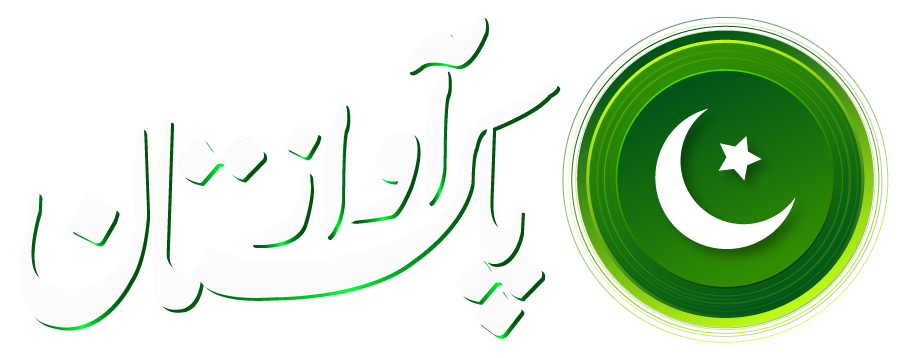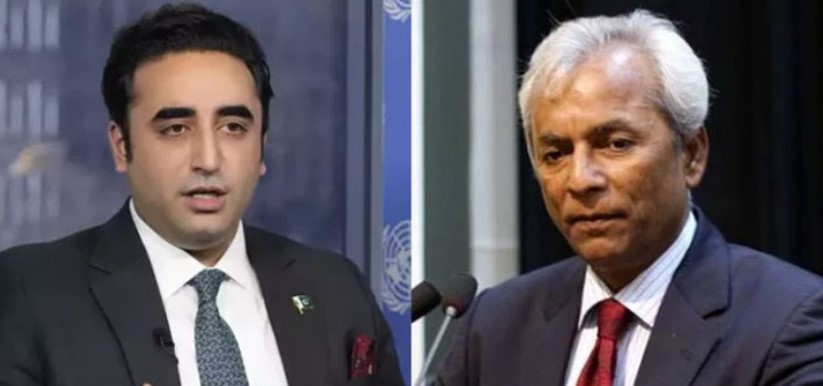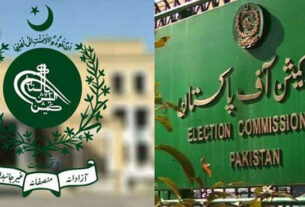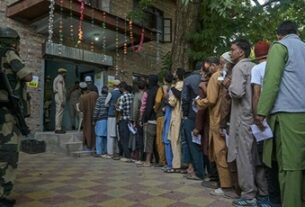1. Nehal Hashmi
Describe Nehal Hashmi’s political past, recent remarks contrasting Bilawal Bhutto and Nawaz Sharif, and his background in brief. Nawaz and Bilawal symbolize distinct generations, philosophies, and future ambitions for Pakistan; emphasize the relevance of this comparison.
Important Topics to Discuss:
a. Hashmi’s role as a political analyst, his affiliation with the Pakistan Muslim League (PML-N), and the ways in which his life experiences have influenced his opinions.
b. A summary of two of Pakistan’s most significant politicians, Nawaz Sharif and Bilawal Bhutto, who represent various political eras and beliefs. To set the stage for the conversation, a brief reference of Hashmi’s distinct viewpoint on contrasting their leadership traits, advantages, and disadvantages is made.
2 Nawaz Sharif’s
Examine Nawaz Sharif’s political career in detail in this section, covering his early years and his several tenures as prime minister of Pakistan. Talk about Hashmi’s praise (or criticism) of Sharif’s accomplishments, including his involvement in economic policymaking and his infrastructural projects.
a. Early Political Career:
Describe Nawaz’s 1980s political debut and ascent within the PML-N, emphasizing key turning points and policy choices.
b. Principal Accomplishments:
Bring up Nawaz’s emphasis on energy projects, economic growth measures, and infrastructural projects like motorways.
c . Difficulties and Debates:
Describe how Nawaz’s career has been tarnished by accusations of corruption and his turbulent relationship with Pakistan’s military and courts using Hashmi’s perspective.
d. Final Thought:
Discuss how Nawaz’s impact endures in spite of his legal troubles.
3. Bilawal Bhutto
The early years of Bilawal Bhutto, the reasons for his decision to enter politics, and his goals as a youthful, forward-thinking leader. It is important to thoroughly examine Hashmi’s assessment of Bilawal’s capacity for leadership as well as the expectations associated with his family’s history.
a. Background and Motivation:
Describe Bilawal’s family background. His grandfather, Zulfikar Ali Bhutto, and mother, Benazir Bhutto, were both past prime ministers, which had a significant impact on public expectations.
b. Progressive Vision:
Talk about Bilawal’s emphasis on social justice, progressive ideas, and his youth engagement strategy, which has drawn a younger audience.
c. Political Difficulties:
Describe Hashmi’s viewpoint on the particular difficulties Bilawal faces, including carrying on the PPP’s heritage and striking a balance between the party’s historical support and contemporary political forces.
4. Bilawal Bhutto vs. Nawaz Sharif
Talk in-depth about the divergent political philosophies of Bilawal Bhutto and Nawaz Sharif in this comparison. Emphasize Hashmi’s opinions on how these distinctions impact their public appeal and policy decisions.
1. Ideological Background:
Bilawal’s center left position, which supports social welfare and progressive ideals, contrasts with Nawaz’s center-right orientation, which emphasizes development and economic growth.
2. Policy Differences:
Examine how they handle important topics including military relations, international policy, and economic reforms.
3. Public Reception:
Hashmi notes that whereas Bilawal’s progressive ideals draw younger, liberal supporters, Nawaz’s conservative views appeal to a more traditional audience.
4. Leadership Challenges:
Describe the various challenges that each leader has, such as Bilawal’s need to build credibility and Nawaz’s need to retain influence in the face of legal troubles.
5. Hashmi’s Consideration of Media Reprtation and Public Perceptionesen
Based on Nehal Hashmi’s observations, this part ought to examine how each leader is portrayed in the media and in the public’s opinion. Describe how Bilawal Bhutto and Nawaz Sharif have used social media and traditional media to control their public image.
a. Media Coverage of Nawaz Sharif:
Talk about how the public views Nawaz as an experienced politician dealing with controversy and how media coverage has both praised and chastised him over the years.
b. The media strategy of Bilawal Bhutto:
Describe how Bilawal uses social media to engage with the younger generation and discuss Hashmi’s opinions on how this varies from conventional media methods.
c. Media Impact on Political Popularity:
Summarize Hashmi’s observations about how traditional and digital media influence each leader’s audience.
6. Nehal Hashmi’s and Media Perspectives
Talk in-depth about how Bilawal Bhutto and Nawaz Sharif interact with various demographics on social media. Bring up Hashmi’s opinions regarding their social media tactics and efficacy.
:a. Social Media Engagement:
Draw attention to Bilawal’s robust online presence, his ability to win over younger voters, and his approach to encouraging openness and participation.
b. In contrast to Nawaz’s method:
Talk about Nawaz’s sparse use of social media and his reliance on traditional media, which reflects a more traditional political approach.
c. Explain Hashmi’s Opinion on Digital Engagement:
Explain Hashmi’s opinion on the importance of digital engagement for contemporary politicians, particularly in terms of immediately addressing urgent concerns and engaging tech-savvy youth.
7. Governance Methods and Leadership Styles
To elucidate Nawaz Sharif and Bilawal Bhutto’s approaches to governing by referencing Hashmi’s observations regarding their handling of political and economic difficulties.
Highlight Nawaz Sharif’s emphasis on economic growth and his frequently hierarchical management style.
a. Style of Bilawal Bhutto:
Emphasize Bilawal’s inclusive and cooperative style, which emphasizes social issues and community involvement.
b. Hashmi’s Analysis:
Describe Nehal Hashmi’s thoughts on which approach could work better in the current political climate.
یہ بھی پڑھیں: وہم کو طلاق دینے کا وقت۔




